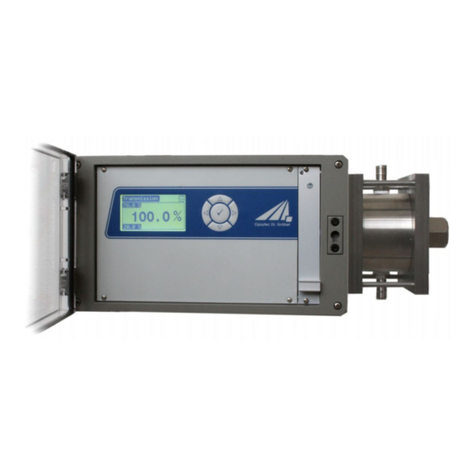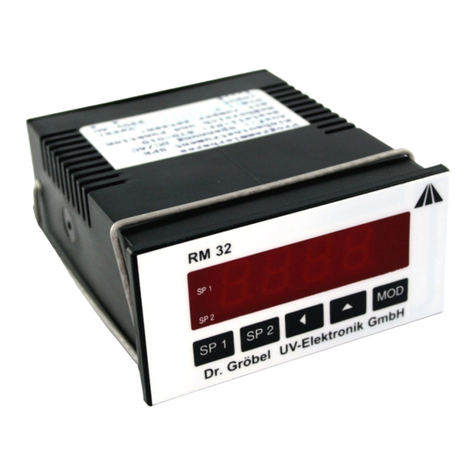
1Table of contents 2
1 Table of contents
1Table of contents ...............................................................................................................2
2Preface ................................................................................................................................4
3Directives and Norms ........................................................................................................5
4Identification.......................................................................................................................6
4.1 Manufacturer, Ordering of Spares and Customer Service ........................................6
4.2 Change history...........................................................................................................6
4.3 Copyright ...................................................................................................................6
4.4 Device identification...................................................................................................6
4.5 Intended use ..............................................................................................................7
4.6 Foreseeable misuse ..................................................................................................7
4.7 Legal Information .......................................................................................................8
4.7.1 Limitation of liability ....................................................................................8
4.7.2 Declaration of conformity............................................................................8
4.7.3 Warranty Terms..........................................................................................8
5General..............................................................................................................................10
5.1 Information about this Manual .................................................................................10
5.2 Information about the Symbols ................................................................................11
5.2.1 SAFETY INSTRUCTIONS .......................................................................11
5.2.2 Prohibition Signs ......................................................................................12
5.2.3 WARNING SIGNS....................................................................................12
5.2.4 ATTENTION .............................................................................................12
5.2.5 Optional functions.....................................................................................13
5.3 Owner/operator information.....................................................................................13
5.4 Personnel requirements...........................................................................................14
5.4.1 Qualifications ............................................................................................14
5.4.2 Qualified person .......................................................................................14
5.4.3 Operator ...................................................................................................14
5.4.4 Training and qualification of personnel ....................................................14
5.5 Personal protective equipment ................................................................................15
5.5.1 Protective gloves ......................................................................................15
5.5.2 Safety goggles..........................................................................................15
6Safety instructions and residual risk .............................................................................16
6.1 General ....................................................................................................................16
6.2 Safety instructions in relation to normal operation ..................................................17
6.3 Maintenance and troubleshooting ...........................................................................18
6.4 Safety instructions regarding service and repair work.............................................19
6.5 Safety instructions regarding the power supply.......................................................20
7Description of the system and functional overview.....................................................21
7.1 Radiation protection.................................................................................................21
7.2 Practical tips ............................................................................................................21
7.3 Transport, storage, delivery .....................................................................................23






























